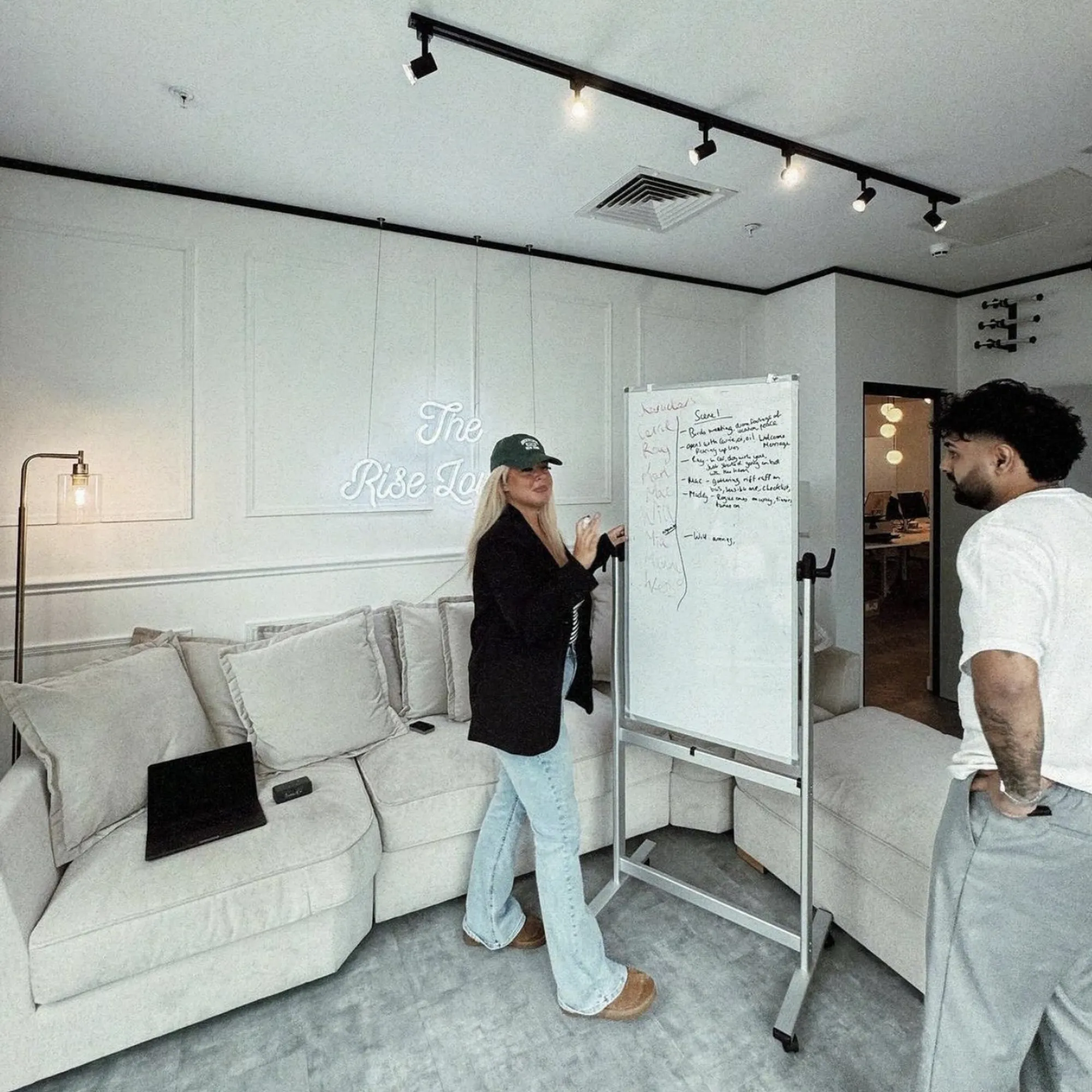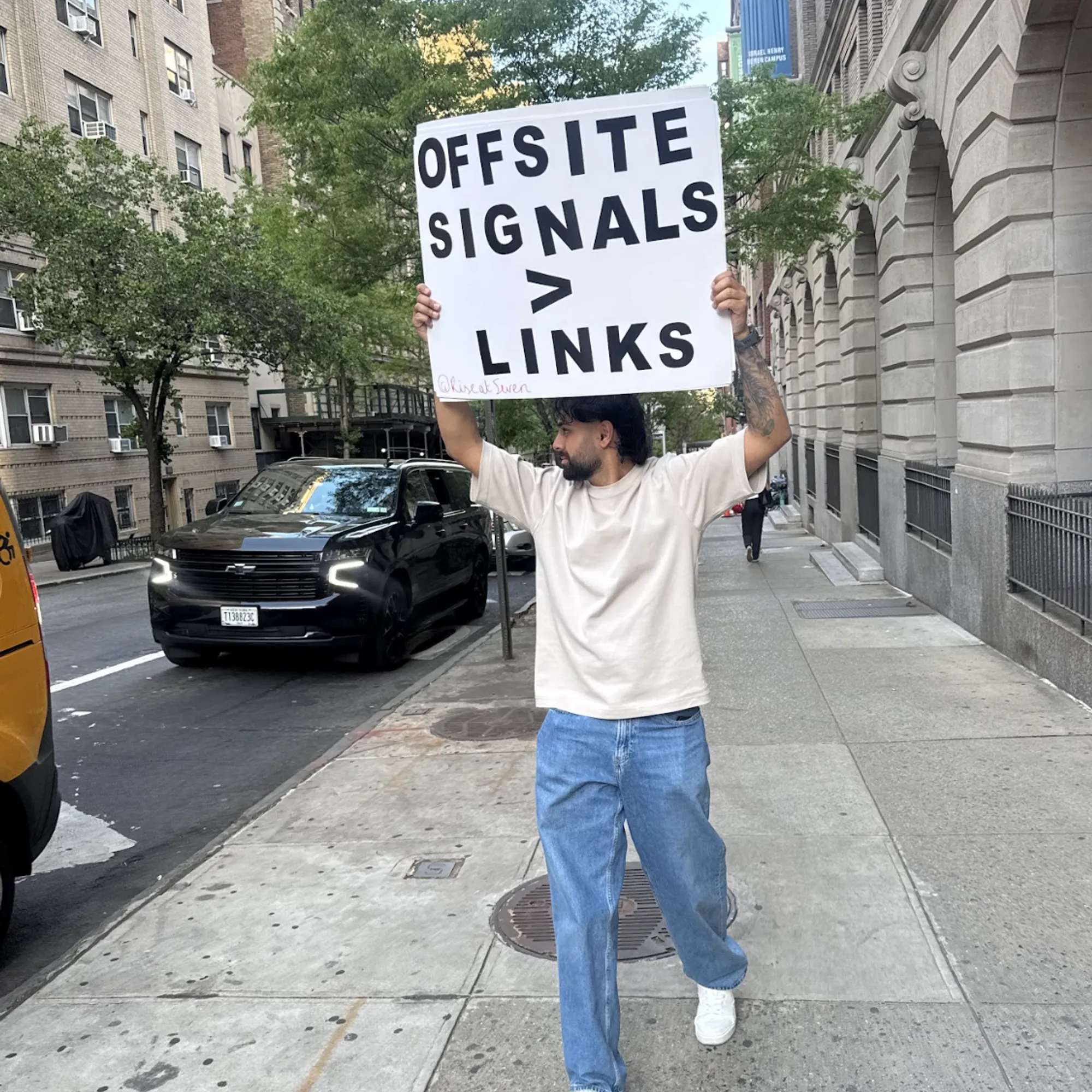Why won’t you click me? A button’s story
Microcopy might not sound very exciting. In fact, its very name makes it sound tiny, unimportant, forgettable. But oh boy, don’t let its name lead you astray.
When writing any form of digital content, microcopy is one of the most crucial things on your to-do list.
I’m going to show you why. This blog will look at the following:
- What is microcopy?
- What makes a good button?
- Why people will ignore a CTA (call to action).
- How you can write microcopy that’s more likely to make action happen.
Come with me on a journey of the tiniest proportions and see why small words can make a big difference to your customers’ online journey. It’ll be loads more fun that I’ve just made it sound.
What is microcopy?
Microcopy is exactly what the name suggests: the small bits of writing that appear on a website.
This can include any of the following:
- Buttons
- Error messaging
- Captions beneath images
- Legal smallprint
- Order confirmation pages
- Tooltips (password hints, form guides, that sort of stuff)
- Cookie pop-ups.
While they might not sound like the most important things you’ll read online, they actually play some of the most crucial roles. Let’s take tooltips, for example. You’ve probably seen these as you’re filling in order forms or entering your details to sign up for something. A good tooltip will tell you things like how complicated your password needs to be, how you should enter your address, why your username isn’t working.
Useful stuff. Stuff that if you kept getting wrong would start to annoy you.
In this instance, microcopy can be the difference between you completing an order or going elsewhere. It can cost a business sales and lose them money.
Captions beneath images are also vital for accessibility reasons. While you might be able to see an image with your eyes, someone with visual impairments might not. For them, a caption that can be read by their screen reader is very useful.
When it comes to buttons, microcopy can be key. It will be the thing customers click to research products. The thing they click to place an order. The thing they click to pay you cash dollars.
Buttons are big business.
What makes a good button?
First, let’s talk about what makes a really bad button and why.
Bad buttons are undescriptive. They don’t tell you what clicking them will achieve. This gives you no real incentive to click them, no clear understanding of where clicking them will take you, and no help if you rely on assistive technology to navigate the internet.
You see lots of bad buttons online. They often say something like, ‘Read more,’ or ‘Discover more,’ or ‘Learn more.’
Lots of promises of more, but no idea about what you’ll be getting more of. More content? More products? More more more, how do you like it?
While this might be fine for you and I, again it’s rubbish if you can’t see what the button relates to. If you’re tabbing through a website and relying on a button to help guide your journey, ‘Read more’ will just get you lost.
The same is true for people who just scroll through websites to find what they’re looking for, ie: everyone who uses the internet. While we might hope people read every word we’ve painstakingly researched, typed, reviewed and refreshed, they almost certainly don’t. Life’s short.
Instead your customers are scrolling to the bits they see as important. Often if they already know their intent, the most important thing for them will be a button. On a contact page, they want a button that lets them, you know, contact you. On a product page, they want a button that lets them buy the product.
If your button says bloody ‘Learn more’ it won’t get as many clicks as one that says ‘Buy this product’.
Stacey Harper, our Analytics & Conversion Rate Optimization Strategist, says:
“CTAs lacking description can reduce the trust a user has in the experience. For example, if a button says ‘Pay Now’ but takes the user to a number of pages before actually taking payment, it creates frustration and confusion. Always be up front about where the button is leading to.”
Which leads me nicely onto what makes a button good.
A good button is clear. It says the action you will achieve by clicking it. It leaves you in no doubt where you’ll end up if you tap your mouse or thumb.
On a product page it might say, ‘Add to bag’.
On a blog that briefly mentions accessibility, it might say ‘read my blog about writing accessible content’.
It’ll do what you expect it to do.
Why people will ignore a CTA
A CTA, whether that’s a button or a text link, is something you want people to click. And I’m guessing you want them to click it for a reason. That might be because you want to share more information with them, or you want to get them to sign up for something, or you want them to part ways with some cold, hard cash.
Whatever your reason, a CTA is designed to drive action. Clicking action. If you write bad ones, no clicking will happen and no action will be accomplished.
There are a few reasons why people might ignore your precious CTAs, and they’re all so easily avoidable that I’m basically robbing a living by fixing them for you.
- They’re in a bad place.A CTA should go a) at the top of your content, for people who know what they’re looking for and don’t want to scroll, and b) at the end of your content for those who’ve read everything.Don’t hide an important CTA in the middle of your page. That’s prime scrolling-past territory.
- They’re easily missed.Ever read something where one word is linked? Ever thought, “That little link looks important, I should probably click it’? No, neither has anyone else.
- They’re not descriptive.CTAs should say what clicking them will achieve. I ain’t clicking on shit that expects me to do any guesswork.
- They’re not in a different colour.Make your CTA stand out. A text link that’s the same colour as all your other copy will blend right into the background and be ignored by everyone.
Fix these simple issues and you’ll have people clicking so hard their fingers grow abs.
How you can write microcopy that’s more likely to make action happen
Not all microcopy is designed to convert. For example, cookie pop-ups are just designed to annoy, while legalese is designed to stop anyone taking you to court. But for the copy that’s there to sell, you’ll stand a better chance of success by writing it with the end goal in mind.
For tooltip copy, the end goal is helping your customers. Your microcopy should be clear and concise and eliminate any potential pain points. On a password entry form, for example, it should say which characters aren’t allowed, which characters make a password stronger, or how long a password needs to be.
For buttons, it should describe the action. What will clicking this button do? Write that down. Make the button say what it does.
People aren’t idiots, but when it comes to buttons you should assume they’re at least a little bit thick. Assume they know nothing about your website, that they’ve never brought anything online before, that they’re reading it on their mobile phones in the bath and they can’t be arsed to do any thinking.
Make the button clear enough for a bathing idiot to understand and it will work great for everyone else.
Want your small words to work harder?
I’ve made loads of people click loads of buttons through the magic of good copywriting. Hit me up at ash.billinghay@riseatseven.com or say hello on Twitter if you’d like me to do the same for you.
Let’s talk.

















